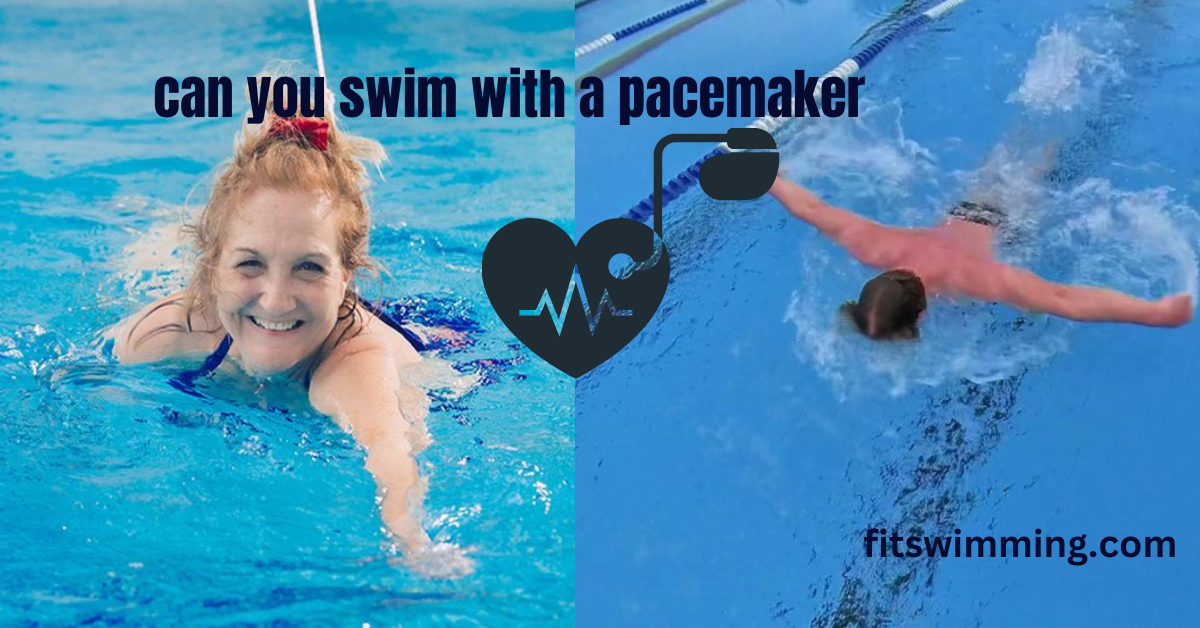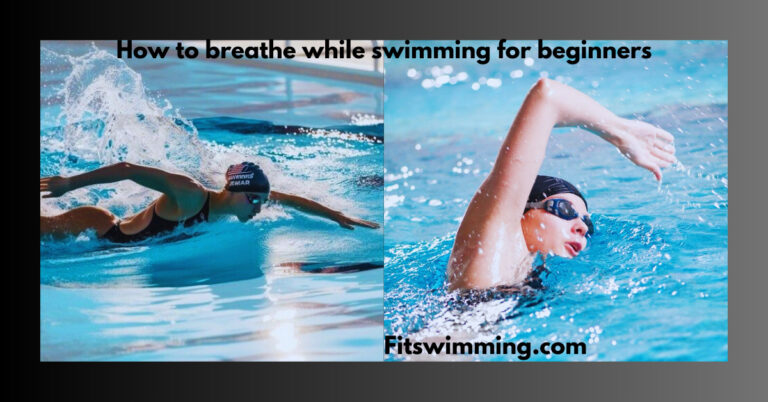Can You Swim with a Pacemaker? Precautions
Swimming is an activity that offers several health benefits. However, for individuals with a pacemaker, there are certain precautions to consider before taking a dip. A pacemaker is a medical device that helps regulate the heart’s electrical activity, ensuring it beats at a proper rate. Although pacemakers are usually safe and dependable, they need special attention when it comes to swimming.
In this article, we will talk about what is a pacemaker and what are the precautions and factors for swimming with a pacemaker. We will discuss the recommendations for swimmers with pacemakers.
Now let’s start with Pacemaker.
What is a peacemaker?
A pacemaker is a tiny electronic device that doctors put inside your chest, usually right under your collarbone. Its primary function is to regulate the heart’s pulse and ensure it beats at a steady and appropriate pace. Pacemakers are commonly used to treat conditions such as bradycardia (slow heart rate), heart block, and certain types of arrhythmias.
The pacemaker consists of two main components.
The Generator
The generator has a battery and electronic circuits that keep an eye on how your heart’s electricity is doing.
The Leads
The leads, which are thin insulated wires, are placed in the heart and transmit electrical signals between the heart and the pacemaker.

Can You Swim with a Pacemaker?
Yes, Swimming with a pacemaker is generally considered safe and possible for many individuals. Pacemakers are designed to be water-resistant and can resist contact with water during activities like swimming. However, it is essential to consult with your healthcare professional before engaging in any water activities or making assumptions about your specific situation.
While pacemakers are designed to handle exposure to water, it’s important to keep in mind certain considerations and precautions. The specific guidelines and recommendations may vary depending on factors such as your overall health, the type of pacemaker you have, and your healthcare provider’s advice. Now we will discuss precautions and factors with pacemaker swimming.
Precautions and Factors for Swimming with a Pacemaker
Consult with your doctor
Before engaging in any water activities, discuss your plans with your healthcare provider. They can check your individual situation and give advice based on your medical history. They can check your individual situation and give advice based on your medical Healing period.
If you recently had a pacemaker implanted, your doctor may recommend avoiding swimming or submerging the incision area until it has fully healed. It’s really important to listen to and follow the instructions they give you about taking care of yourself after getting the pacemaker put in.
Water exposure
While pacemakers are water-resistant, prolonged exposure to water may still pose a risk. Avoid spending excessive time in hot tubs, saunas, or other situations where you might be submerged for an extended period.
Protect the device
Consider using a waterproof cover or a specialized waterproof pouch designed for pacemakers to provide an extra layer of protection while swimming. These accessories can help shield the device from water and potential damage.
Monitor your symptoms
Pay attention to any unusual symptoms or sensations during or after swimming. If you experience chest pain, dizziness, or any concerning symptoms, stop swimming and seek medical attention.
Regular follow-up appointments
Maintain regular check-ups with your cardiologist to ensure the pacemaker is functioning correctly. These appointments allow for necessary adjustments, monitoring of the device, and addressing any concerns related to swimming or other activities.
Recommendations for Swimming with a Pacemaker
When it comes to swimming with a pacemaker, here are a few general suggestions to think about.
Remember these suggestions might change depending on your own unique situation.
Ensure water resistance
Confirm that your pacemaker is designed to be water-resistant and suitable for swimming. Your healthcare professional can inform you about the specific water-resistance rating of your pacemaker and any limitations or precautions associated with it.
Protect the incision site
If your pacemaker incision site is still healing, it’s important to protect it from water exposure. Your healthcare professional may advise using waterproof bandages or covers to keep the incision area dry while swimming.
Avoid excessive pressure or strain
Be cautious not to put excessive pressure or strain on the chest area where the pacemaker is implanted. Avoid vigorous swimming strokes or activities that may cause impact or compression to the pacemaker site.
Be aware of symptoms
Pay attention to your body and notice if you feel any strange symptoms or sensations while swimming. If you experience dizziness, chest pain, palpitations, shortness of breath, or any other concerning symptoms, stop swimming and seek medical attention.
Swim in supervised areas
It’s advisable to swim in supervised areas where lifeguards are present, especially if you have any concerns about your pacemaker or your swimming abilities. Having trained personnel nearby can provide an added layer of safety and assistance if needed. With this you can also know the supervised areas of swimming in Niagara Falls mentioned in other article.
Conclusion: Can You Swim with a Pacemaker? Precautions
In conclusion, swimming with a pacemaker is generally considered safe and possible for many individuals. Pacemakers are designed to be water-resistant and can withstand water exposure during swimming activities. However, it is essential to consult with your healthcare professional before engaging in any water-related activities to receive personalized advice based on your specific situation.
FAQ’s
You can usually start swimming again after getting a pacemaker. But it’s important to consult with your doctor first to determine the appropriate timing based on your individual circumstances.
It’s generally recommended to avoid jumping into the water with a pacemaker, as the impact can potentially disrupt its function. Don’t forget to consult your doctor for proper guidance.
Yes, it is ok to swim with a pacemaker. However, it is important to take some extra precautions and follow your doctor’s guidelines to ensure a safe swimming experience.
With a pacemaker, few actions you should avoid or take precautions with. These include avoiding strong magnetic fields, high-impact sports or activities that involve significant upper body movements, and certain medical procedures like MRI scans without proper precautions. It’s essential to consult with your doctor for specific guidelines on activities to avoid based on your pacemaker type and individual circumstances.
Yes, it is safe to swim in a hot tub with a pacemaker. But it’s a good idea to talk to your doctor first to make sure it’s safe for you to do, based on your own situation.







